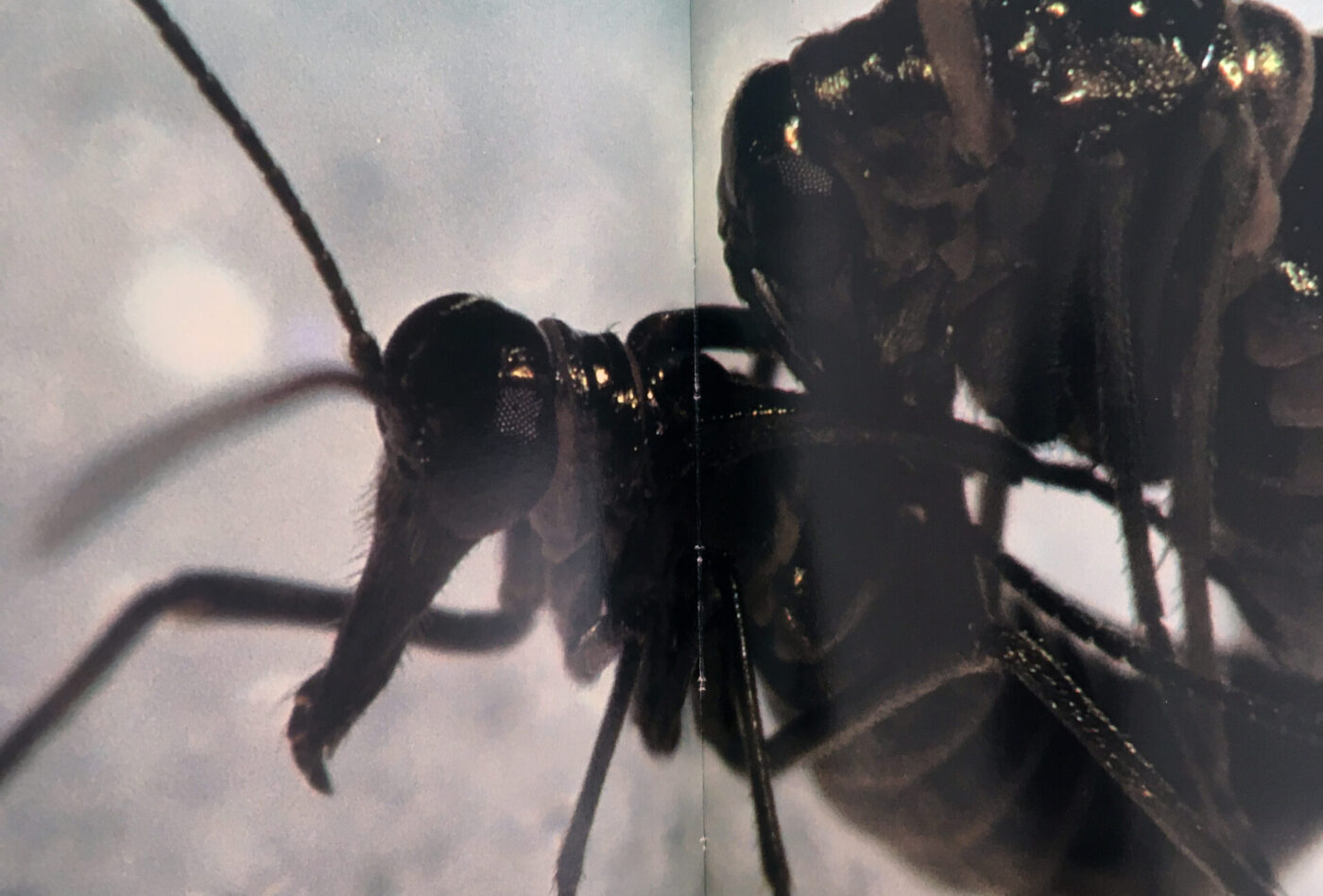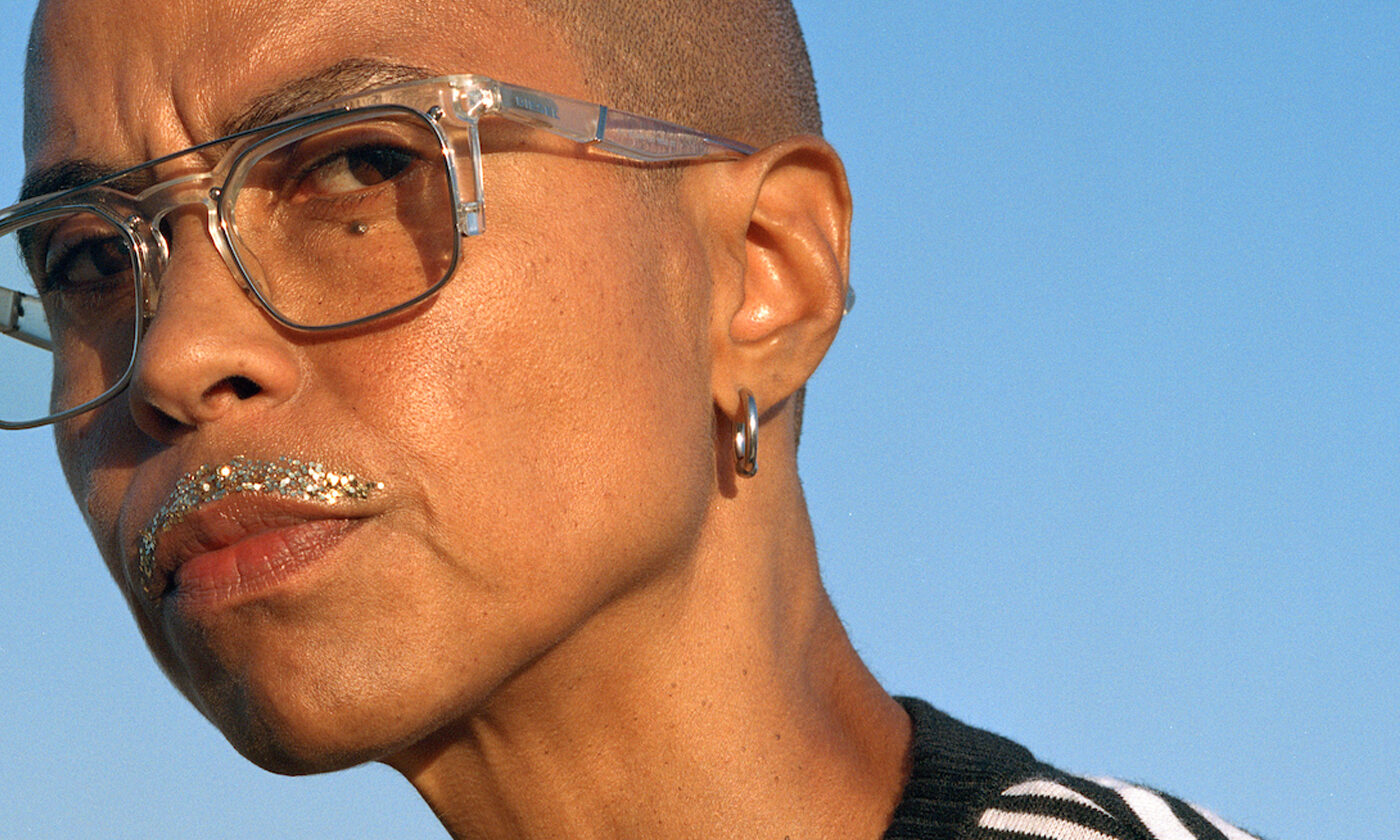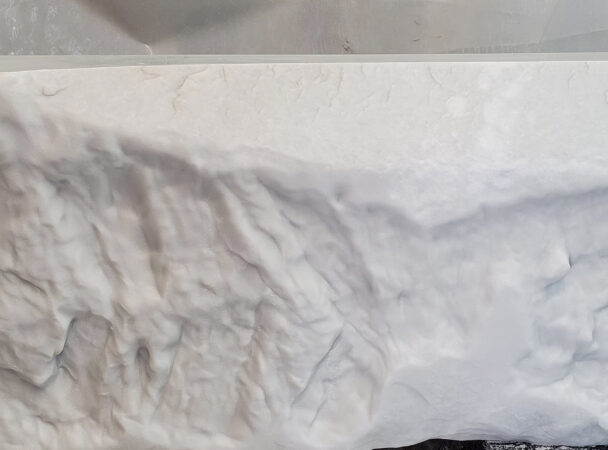
Michèle Pearson Clarke
The Animal Seems to Be Moving
10.27–11.26.2022
Room 1
10.27–11.26.2022
Room 1

Opening
Thursday October 27, 7pm
Artist
Michèle Pearson Clarke
In The Silence of An Untimely Glitter Stache
Writ onto the broad global scale of western modernity,
blackness is the sign of having no history; À
writ onto the smaller scale of individuated embodiment,
blackness is the sign of having no age 1.
With The Animal Seems To Be Moving (2018-2023), Michèle Pearson Clarke employs self-portraiture to unpack the fraught process of aging while Black and mourning her queer boyhood 2. She notes, “Long perceived to be younger than my age, with this ongoing body of work, I consider the experience of aging out of being read as a young black boy and aging in to being read as a middle-aged black man 3.” Following Tina Campt, Clarke’s practice explores the notion of listening to images which “[…] is constituted as a practice of looking beyond what we see and attuning our senses to the other affective frequencies through which photographs register. […] [It] uses the conceptual frameworks of quiet, stasis, and refusal to reclaim the black quotidian as a signature idiom of diasporic culture and black futurity 4.” Clarke videos often include temporal repetition by rewinding and replaying gestures, gazes and sounds to punctuate and emphasize, while her photography includes static repetition with sequential scenes, inviting viewers to look again. Glitter Stache (2020) in particular marks a shift in her tactic as she combines video and photography - repetition across mediums - adding a durational component to Campt’s call to listen.
What rises to the surface if we answer this call, leaning in to listen more keenly to this series? On the topic of Black aging, Habiba Ibrahim explains, “Fanon theorizes black dehumanization as being constituted through white fears and fantasies that trap black subjects in alienating personas within the social world 5.” This produces what Fanon calls a “zone of nonbeing”, wherein Black individuals have access to neither childhood nor adulthood within a white supremacist system 6. That is, Black children are read as adults and Black adults are seen as perpetually youthful (after all, Black don’t crack), thus Black people exist out of time 7. This untimeliness, as Ibrahim puts it, leaves Black people exposed to the very white fears and fantasies Fanon identifies. Clarke occupies this zone whenever she encounters the white gaze 8. In Glitter Stache (2020) the silent artist stands relatively centred in the frame peering intently into the camera, a silver moustache of glitter painted across her upper lip. Behind her, in the distance, birds circle a large expanse of lavender gray sky. Every so often, the video cuts to a new shot of Clarke standing in much the same posture, gaze still intense, birds still circling, stache still glittering. She seems to be suspended in time and space. Viewers are left to grapple with what they project onto her as an untimely Black person in this space.
Listening more attentively still, Clarke’s use of humour emerges. She engages with the dichotomies embedded within Black ag(ing), exploring her own untimeliness as her queer boyhood slips away. She employs Black reason to highlight the fallacies underlying white fear 9. According to Achille Mbembe, Black reason, the “reason of unreason”, stems from Black responses to the utter irrationality of white fear. Simply put, Black reason entails fighting fire with fire, or rather, fighting absurdity with absurdity, in Clarke’s case. With her glitter stache glinting in the fading peachy sunlight, almost as if winking at the viewer, the artist imbues the piece with an undercurrent of cheekiness. Glitter Stache (2020) locks viewers in a staring contest which could easily devolve into a fit of giggles should either participant lose composure and acknowledge the sheer ridiculousness of the act - and by extension of white fear. The Animal Seems To Be Moving (2018-2023) balances on a knife’s edge between confrontation and comity, using humour, inertia and silence to call for the viewer to listen closer.
- Joana Joachim
1 Ibrahim, Habiba. Black Age: Oceanic Lifespans and the Time of Black Life. New York: New York University Press, 2021, 31.
2 Pearson Clarke, Michèle. “The Animal Seems to Be Moving.” Accessed September 15, 2022. https://michelepearsonclarke.com/the-animal/.
3 Ibid.
4 Campt, Tina. Listening to Images. Durham: Duke University Press, 2017, 9.
5 Ibrahim 2021, 15. See also Frantz Fanon, Black Skin, White Masks (New York: Grove Press, 1967).
6 Ibrahim 2021, 15.
7 Ibid., 5.
8 Pearson Clarke, Michèle. “A Dark Horse in Low Light: Michèle Pearson Clarke in Conversation with Yaniya Lee” Accessed September 20, 2022. https://michelepearsonclarke.com/welcome-weight/.
9 Ibrahim 2021, 29. For more on Black reason see: “Conversation: Achille Mbembe and David Theo Goldberg on Critique of Black Reason,” Theory, Culture, & Society, www.theoryculturesociety.org, and Mbembe, Achille. Critique of Black Reason. Translated by Laurent Dubois. John Hope Franklin Center Book. Durham: Duke University Press, 2017.





